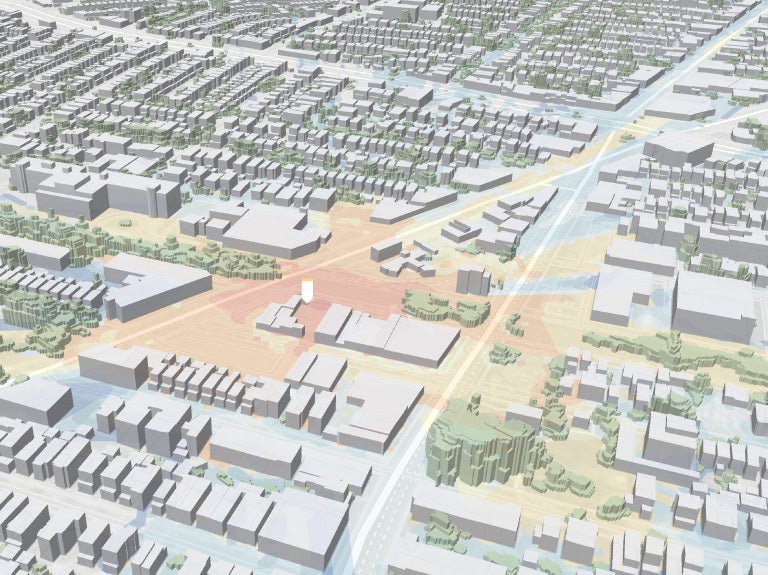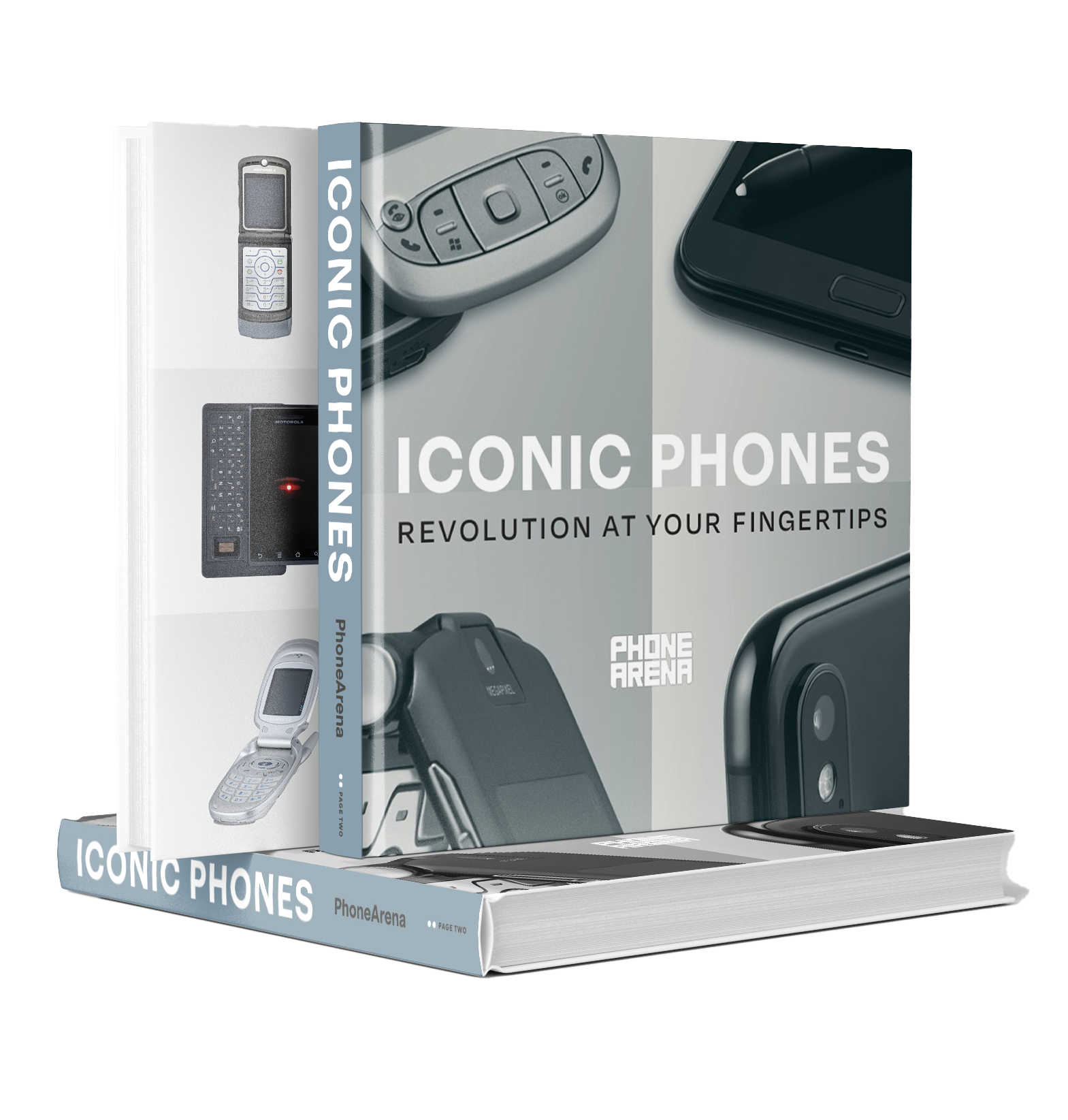AT&T’s AI playbook for disasters
Usually, when natural disasters hit, carriers scramble to roll out backup gear and get first responders online as fast as possible. AT&T has its own dedicated Network Disaster Recovery (NDR) program with more than 400 specialists and a whole fleet of recovery trucks ready to go.That’s impressive, but even with all that prep, you never really know what kind of chaos you’re dealing with until the storm is right on top of you.
The tool at the center of this is called the Wireless Geo Modeler – basically, a Generative AI system that uses synthetic data and a massive Network Foundation Model (NFM) to run endless “what if” scenarios. It simulates coverage across all kinds of changing environments, then automatically suggests fixes or reconfigurations.
Think of it like this: if a tower suddenly goes down, the AI figures out within seconds how to tweak nearby towers to fill the gap. And it’s not just for emergencies – the same system can recommend everyday adjustments to boost performance, sometimes with something as small as changing an antenna angle.


The new Wireless Geo Modeler system will help AT&T keep its network going. | Image credit – AT&T
Humans still monitor the results to make sure the AI’s advice actually makes sense, but the speed here is the real game-changer.
Mobile network operators have immense challenges in ensuring optimal coverage, high availability, and corresponding application responsiveness for subscribers. Consequently, the ability to predict these parameters in near real-time delivers significant value in the form of dramatically improved service assurance. This is especially important in natural disaster scenarios.
– Will Townsend, vice president and principal analyst at Moor, Insights & Strategy, October 2025
That’s corporate-speak for: if AI can deliver what AT&T promises, it could mean fewer dropped calls and more reliable service when it matters most.
And there’s another twist: the Geo Modeler doesn’t just look at phones. It also optimizes connectivity for drones. First responders now use drones to scout disaster zones, and without a steady signal, that’s pretty much useless.
With AI guiding things, AT&T can figure out the best flight paths and altitudes to keep those drones connected – while also fine-tuning the network itself in the background.Oh, and this isn’t some future idea they’re cooking up in a lab. The Geo Modeler is already live across the US.
More than just a backup plan
For AT&T, this feels like a move toward “self-healing” networks – systems that fix themselves on the fly and automatically shift capacity where people need it most. That’s huge during a hurricane, but it also matters at something like a stadium packed with 80,000 fans.
It also keeps AT&T in the race with its rivals. T-Mobile has been bragging about its emergency satellites and drones, while Verizon has been busy showing off its AI-driven 911 upgrades. Clearly, no carrier wants to be the one that fails when the next big storm hits.
Finally, a useful AI upgrade?
The only catch? Trusting AI to make these split-second decisions is a big deal, and we’ll have to see if it really holds up when the pressure’s on. But if it does, AT&T may have just given itself a serious edge in the disaster-readiness game.


“Iconic Phones” is coming this Fall!
Rediscover some of the most unique and memorable phones of the last two decades! “Iconic Phones” is a beautifully illustrated book that we’ve been working on for over a year – and it’s coming out in just a couple short month!
LEARN MORE AND SIGN UP FOR EARLY BIRD DISCOUNTS HERE
#ATT #gave #network #ability #fix #real #time
